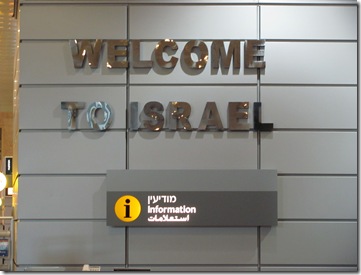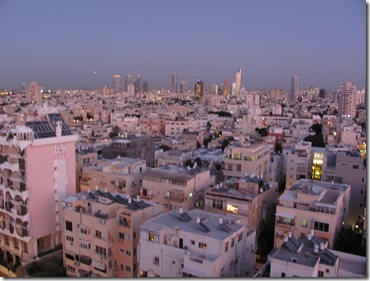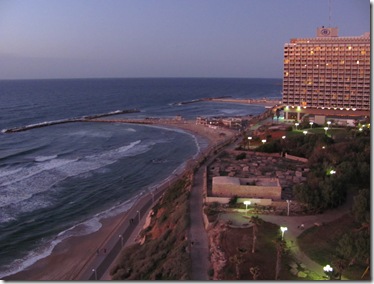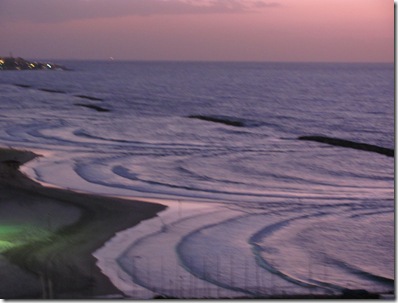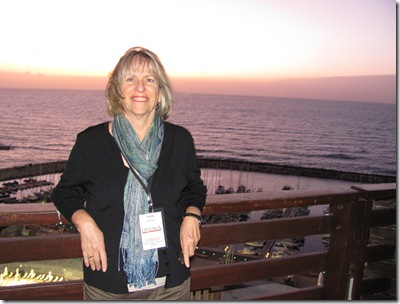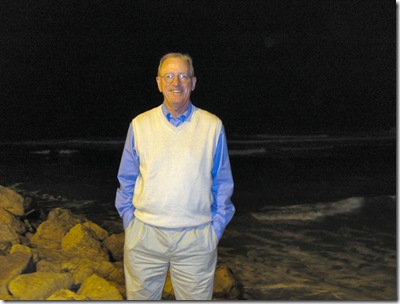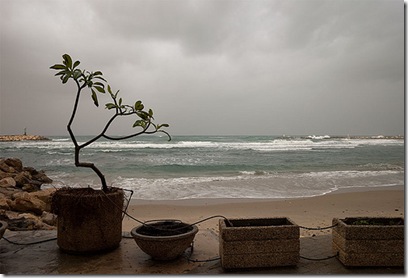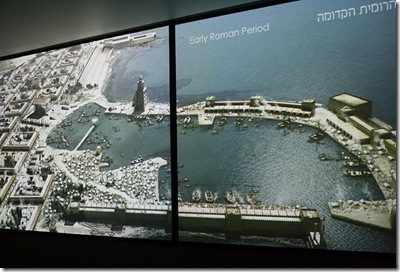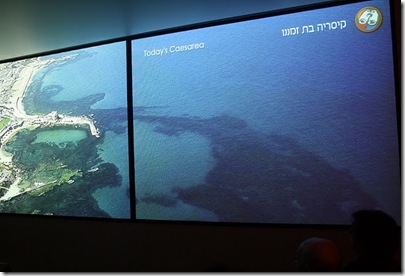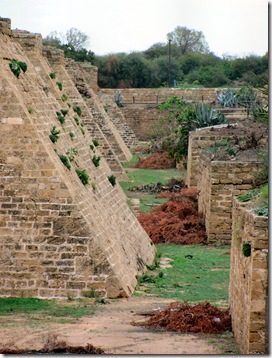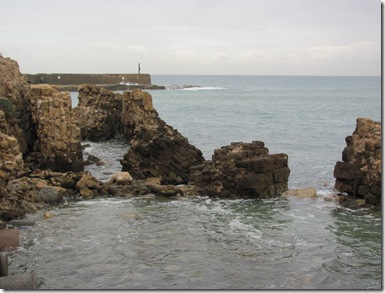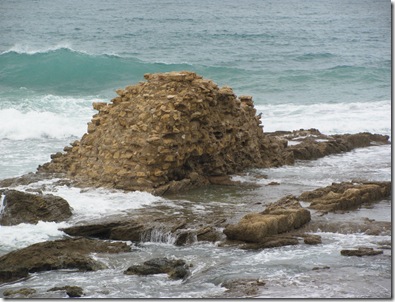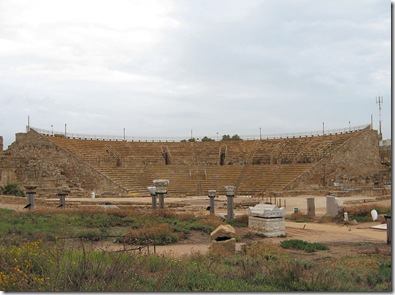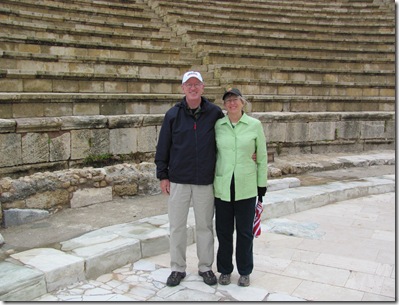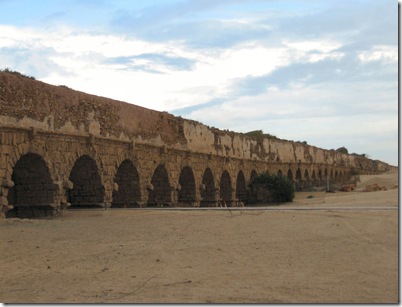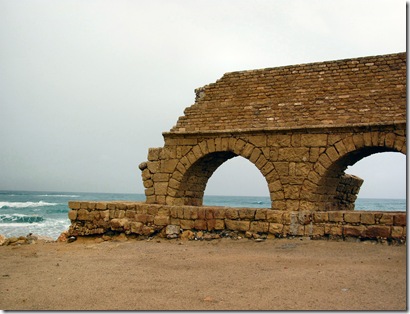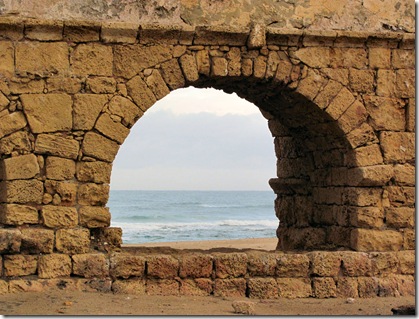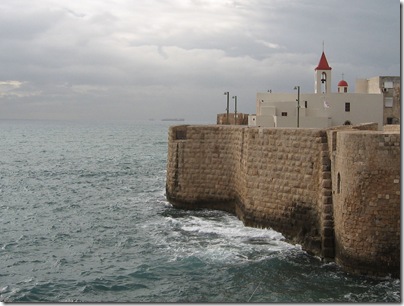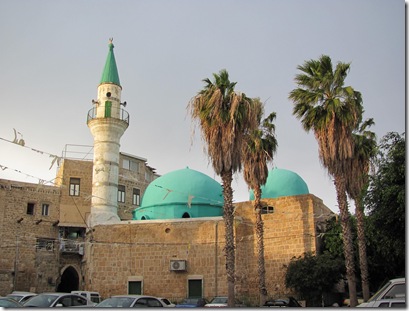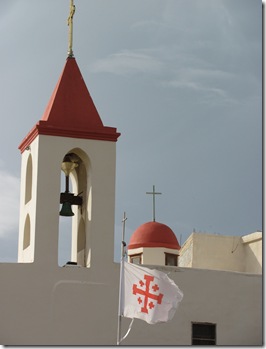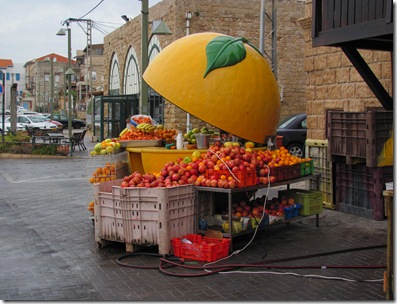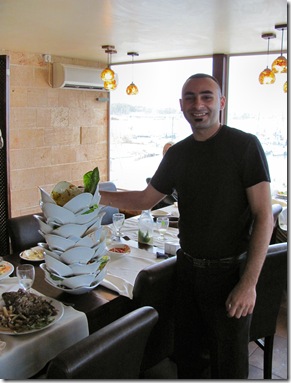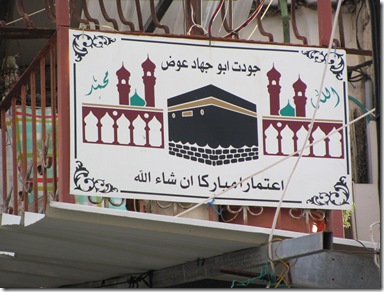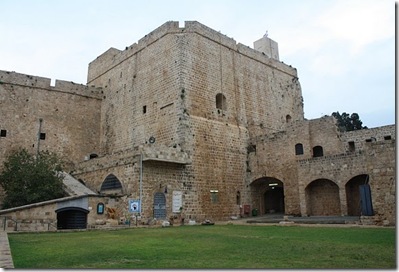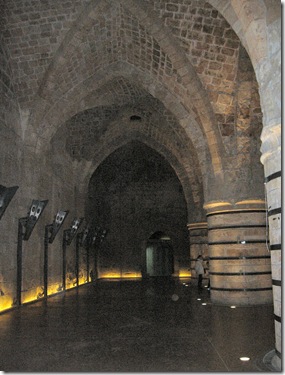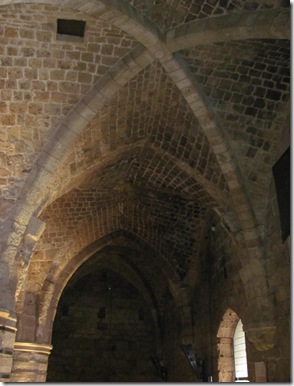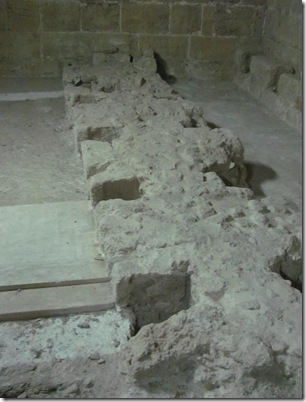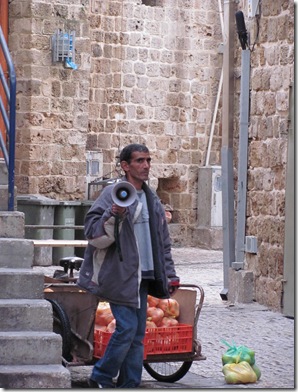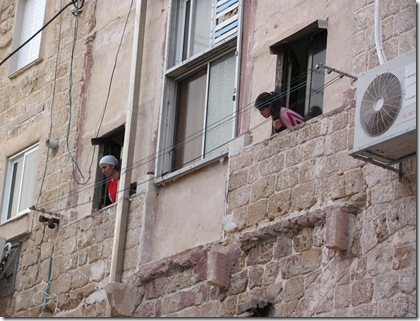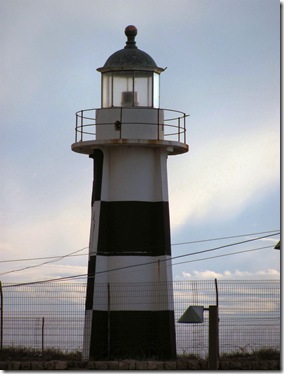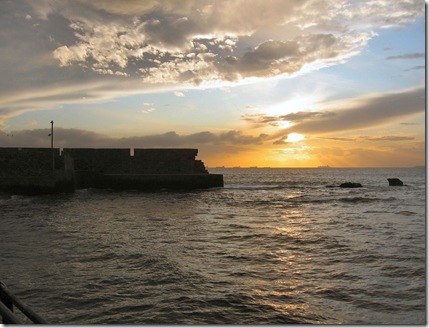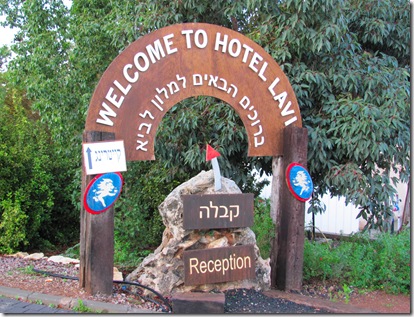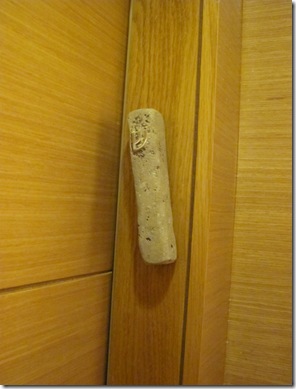We toured the Sea of Galilee area all day today, going into the Golan Heights and culminating in crossing the sea by boat.
It seems that everywhere there was some significant Biblical event, either the Catholic or Orthodox Church has built a church or shrine. In some cases they don’t agree where something happened, so they each have built their own, sometimes quite close to each other. As our guide said about determining location of Biblical events, “If it’s not here, it’s near.”
First stop was the Mount of Beatitudes, site of the Sermon on the Mount. The grounds and church were beautiful with a panoramic view of the Sea of Galilee.
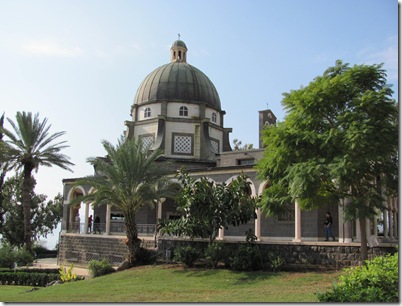
Church of the Beatitudes.
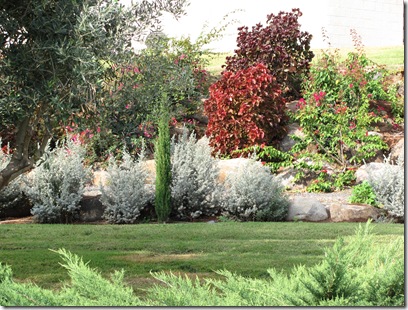
Well manicured gardens.
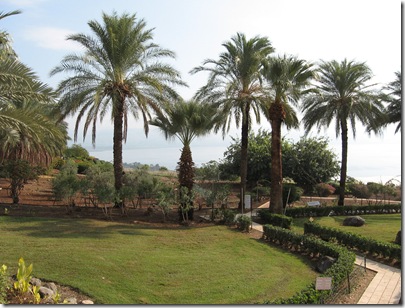
More gardens with Sea of Galilee in background.
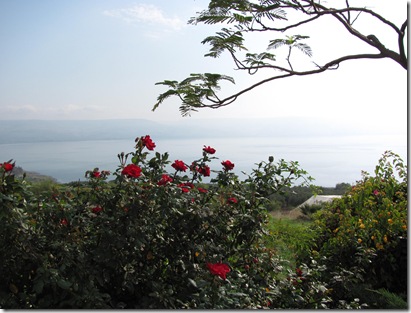
Sea of Galilee looking east. The roof seen in the photo is actually a temporary greenhouse covering banana trees.
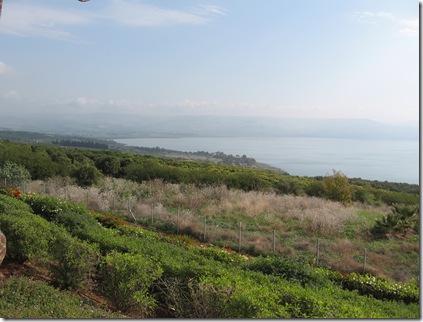
Sea of Galilee looking northeast.
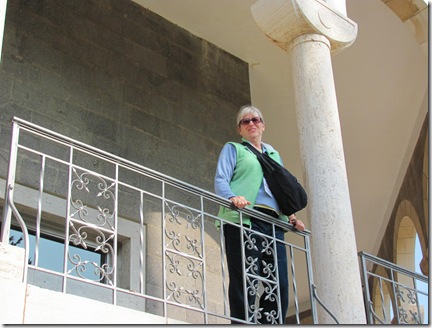
Susan on balcony of church.
Leaving the Mount of Beatitudes, we traveled north along the shore to the Church of the Primacy of Peter, built on the site where the risen Christ appeared to his disciples who were fishing offshore. He told them to cast their nets on the other side of the boat and their nets were full. After breakfast on the shore, Jesus asked Peter three times if he loved him, then replying “Feed my sheep.”

Church of the Primacy of Peter on the shore of the Sea of Galilee.
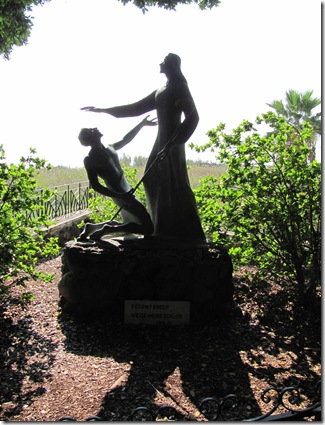
Sculpture depicting Jesus telling Peter to “feed my sheep.”
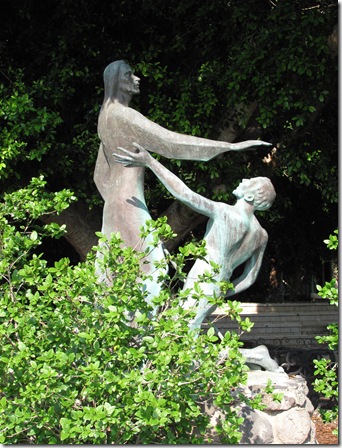
Another view of the sculpture.

Western shoreline of the Sea of Galilee looking north. The black rock is volcanic rock from prehistoric volcanoes.
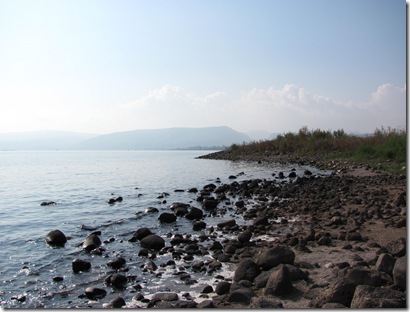
Western shoreline looking south.
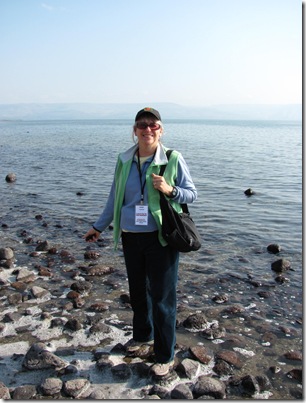
Susan on the shore.
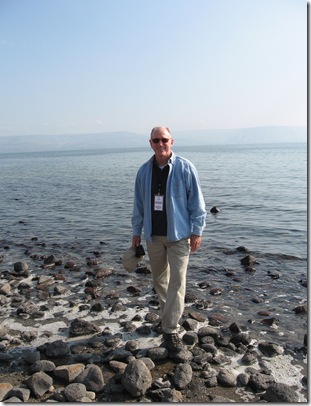
And Tom.
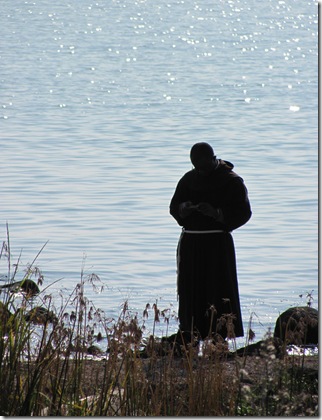
Monk from the church standing on the shore of the Sea of Galilee.
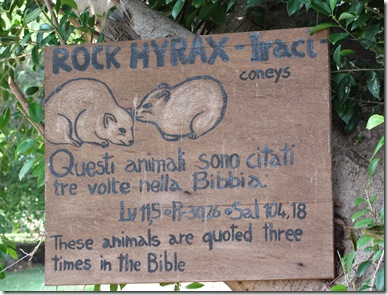
Several Rock Hyrax (called badgers in the Bible) live on the church grounds. Apparently they could speak in Biblical times since they are quoted three times.
A little further north was the Church of Loaves and Fishes built on the site where Jesus fed the 5,000.
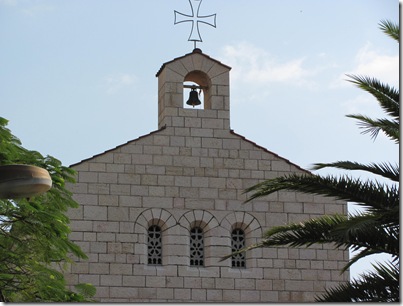
The Church of the Multiplication of the Loaves and Fishes.
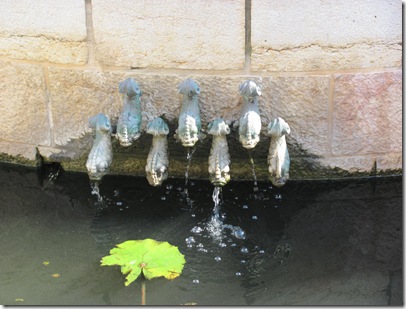
This area is called the Seven Springs area because of seven springs that supply water. In the church courtyard there is a fountain featuring seven fish, each supplied by one of the seven springs. Each spring does not run every day, and there appeared to be two dry ones on this day.
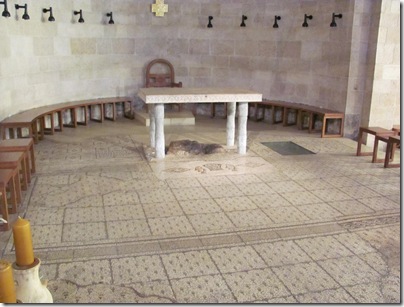
Altar table is placed over a rock where Jesus supposedly multiplied the loaves and fishes, which are depicted in a mosaic in front of the table.
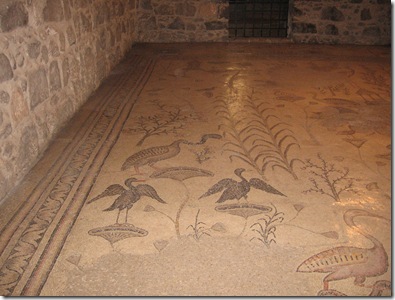
Mosaic floor in the church.
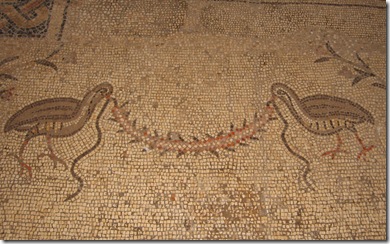
Another section of mosaic floor.

A nilometer in the mosaic floor, showing the Egyptian influence. The nilometer was located in the Nile River to mark the flood stages and was used to determine tax payments. The higher the flood mark, the more land was flooded, the more crops should be grown, and the more tax collected.
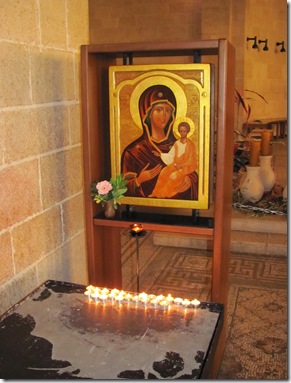
Mosaic inside the church.
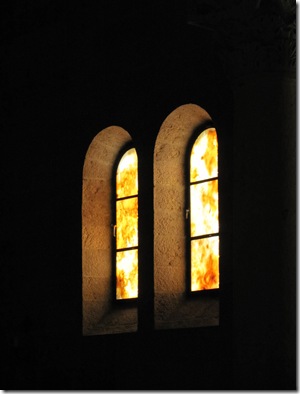
Church windows.
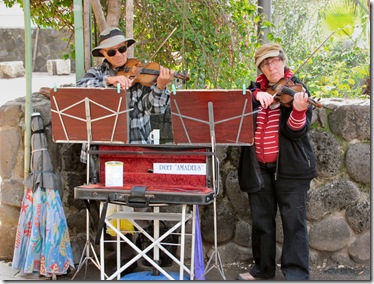
Musicians playing outside the church, probably immigrants from eastern Europe. Sign says “Duet Amadeus.”
After leaving western shore of the Sea of Galilee we traveled north and crossed the Jordan River near where it enters the Sea of Galilee. It is not much more than a big creek at this point.
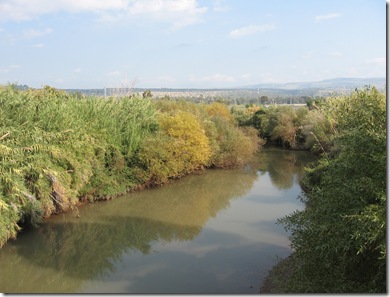
Jordan River looking north.

Jordan River looking south.
After crossing the Jordan, we traveled north and east into the Golan Heights, land which Israel and Syria have disputed for years. We saw a number of Israeli military bases and training areas, plus there were several places posted with “Warning-Mine Area” signs. This land was captured in the 1967 war and Israel will probably cede all or part of it back to Syria at some future point. More conservative Israelis claim it should never have been made part of Syria in the first place and should never be given back. Syria is the only border country with whom Israel does not have a peace treaty, just a cease fire agreement.
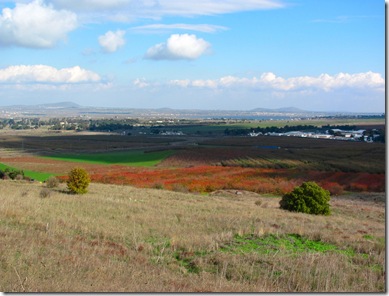
Vineyards in the Golan Heights with Syria in the background.

Israeli defense installation near the Syrian border.

A member of the Druze faith selling fruit, honey, olive oil, etc. at a scenic overlook.

It’s a little hard to see, but there is a “third leg” in the Druze man’s pants hanging down the back. It has religious significance in that when their prophets return it’s supposed to help them stand up more easily. The practical aspect is that it enables them to sit cross-legged more comfortably.
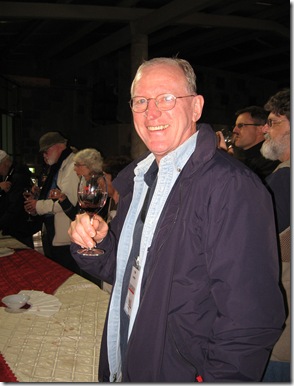
For lunch we went to the town of Katzrin. The restaurant was connected to an olive oil processing plant. and sold wine and olive products. We had a wine tasting pre-lunch and an olive oil tasting post-lunch.
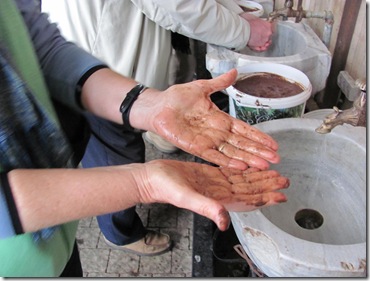
Before lunch we washed our hands using a ground up olive pit paste, which is the brown stuff (polite description) in the bucket. While it was a little gritty, the paste actually worked pretty well, leaving our hands feeling clean and smooth.
After lunch we continued our journey by heading south and traveled to the eastern shore of the Sea of Galilee.
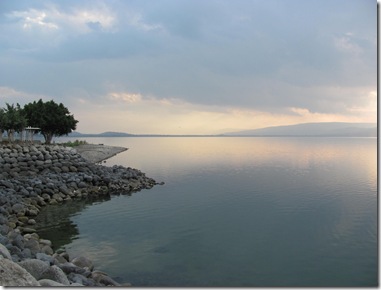
Eastern shore looking south.
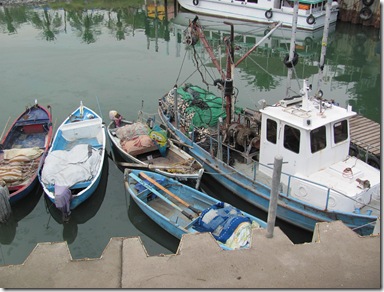
Israeli fishing boats on the eastern shore. Israel controls the Sea of Galilee but Syria has always desired access for water and fishing. Since the sea is Israel’s primary source of fresh water (a precious commodity in this region) they refuse to negotiate with Syria over any rights to the sea.
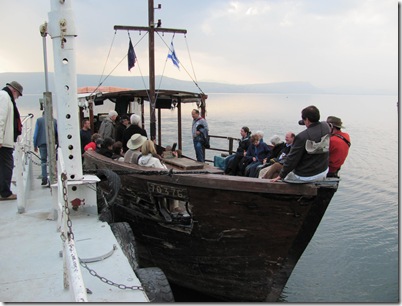
Our group gets ready to set sail across the Sea of Galilee.
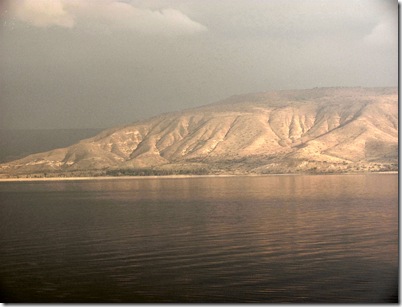
The eastern hills of Israel as we look back from the boat.
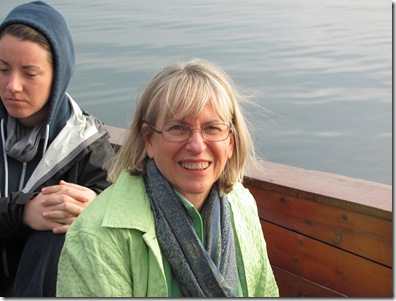
Susan on board.
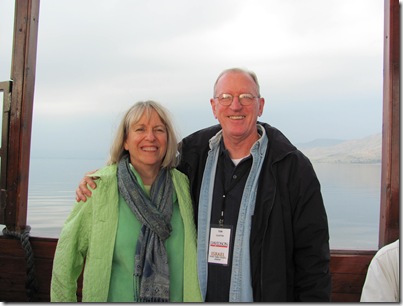
Crossing the sea. A little chilly and we had a little rain. Neither of us had enough faith to get out of the boat.

Clouds gathering. The flags from r-l are Israel, Israeli military, and U.S. The boat had onboard flags from various countries and flew the appropriate one for each tourist group.
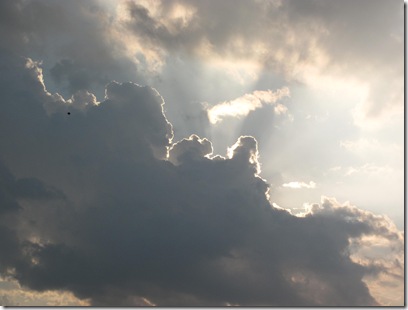
Every cloud has a silver lining.
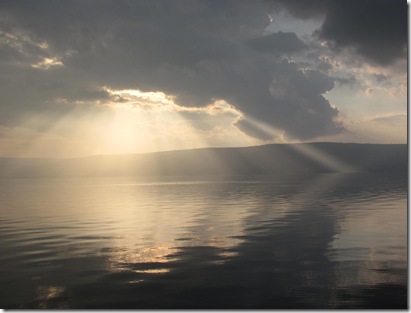
Afternoon rays of sunshine. Notice how calm the water is. By the time we got across it was quite choppy, so it’s easy to see how storms suddenly arise.
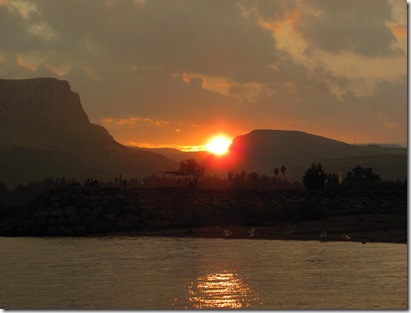
Sunset on the Sea of Galilee.
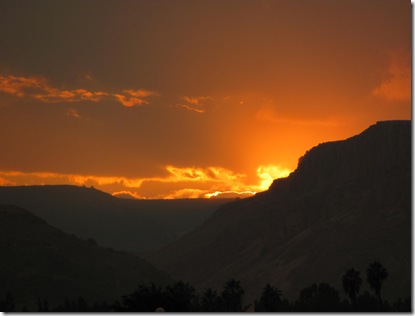
And in the Galilean Hills.
After landing we returned to the Kibbutz Lavi Hotel for dinner and an evening session meeting several residents of the Kibbutz.
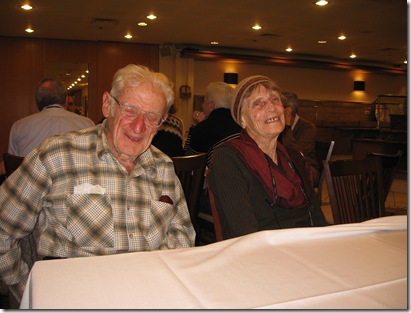
This is a married couple, Michael and Marian, who were part of the kinder transport. These were Jewish children who left Germany for England before the coming Holocaust. Michael and Marian did not meet until after both had arrived in Israel after WW II. They were founding members of Kibbutz Lavi.
